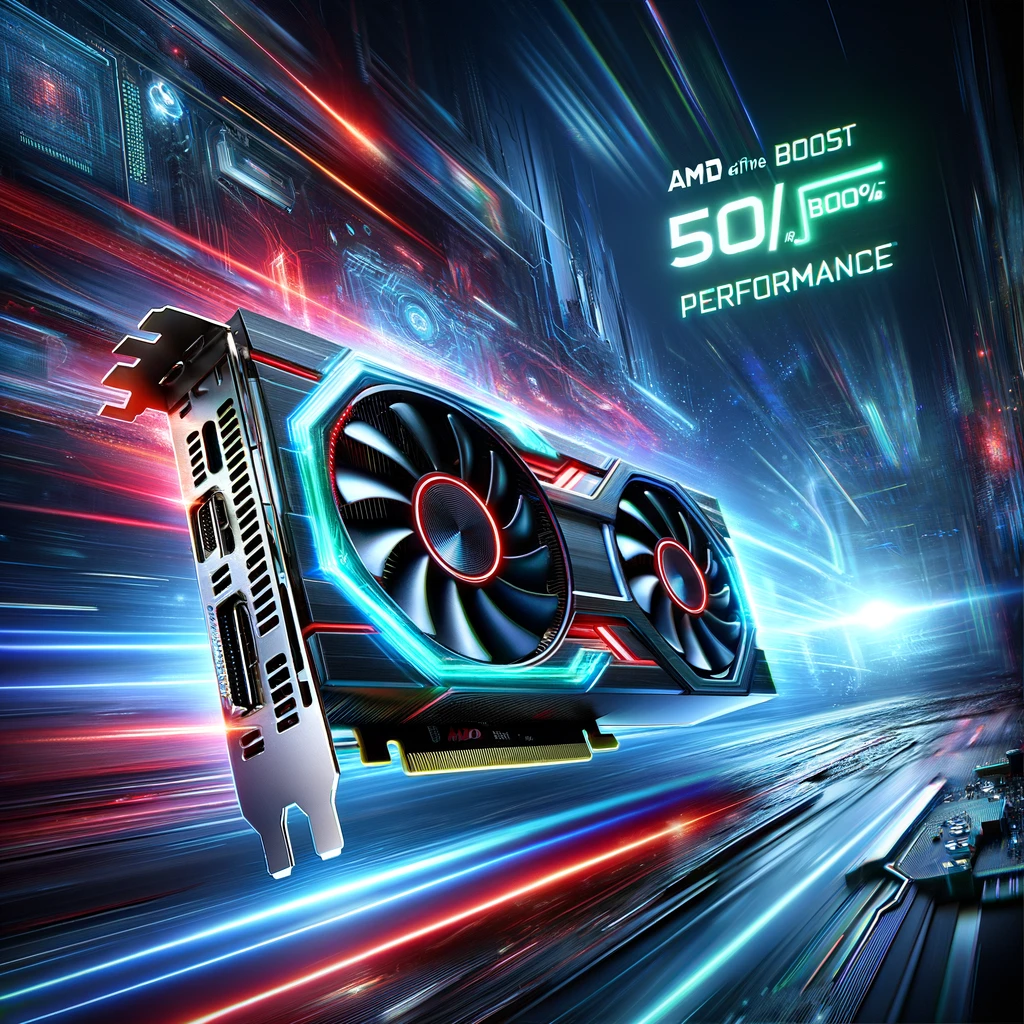AMD‘s latest update has made significant strides in enhancing gaming experiences with the introduction of the new AFMF driver, “23.30.01.03.” This update, although not groundbreaking, signifies AMD’s commitment to improving its Fluid Motion Frame Technology, providing a direct challenge to NVIDIA‘s Frame Generation technology. The updated driver shows promising results in performance enhancement by adding more frames, an essential factor for gamers.
Key improvements include better driver stability and resolution of intermittent crashing issues in AMD Software: Adrenalin Edition™. AMD’s AFMF technology, especially when combined with FSR 3, is designed to optimize frames-per-second via frame interpolation, thus enhancing gaming performance on Radeon GPUs. Notably, this technology is currently limited to Radeon RX 7000 and RX 6000 GPUs.

Compatibility with AFMF has been demonstrated in games like “A Plague Tale – Requiem,” “Control,” “Hitman 3,” and many others. However, the AFMF feature remains in the preview phase, with expectations of a more refined version in future mainstream drivers.
Testing results for AFMF technology, such as in “Forspoken RX 7900 XTX,” have shown significant improvements in frames-per-second, latency, and overall performance, particularly when combined with FSR 3 technologies.
Intel’s Unique CPU Configuration
In contrast, Intel’s latest Core Ultra 5 135U “Meteor Lake” CPU has surfaced within the Geekbench database, boasting a unique 12 cores and 14 threads configuration. This configuration includes 2 P-Cores, 8 E-Cores, and 2 low-power E-Cores, a combination not previously seen in Intel’s lineup. The CPU, expected to be part of a future laptop, is paired with 32 GB of DDR5 memory and demonstrates a balance between performance and power efficiency, with a TDP of 9-15W.
Performance scores in Geekbench 6, however, suggest that the Core Ultra 5 135U may still be in the optimization phase or could be an early sample, as indicated by its moderate single-core and multi-core test scores.
Both AMD and Intel are evidently pushing the boundaries in their respective domains. AMD’s focus on enhancing gaming experiences through its AFMF technology, particularly for its Radeon GPU users, shows its dedication to staying competitive in the gaming industry. On the other hand, Intel’s experimentation with unique core configurations in its Core Ultra 5 135U CPU indicates a willingness to explore new technological avenues, potentially setting new standards in the computing industry.
As these tech giants continue to innovate and refine their technologies, the future looks promising for both gamers and general users, with more efficient, powerful, and optimized computing experiences on the horizon.










